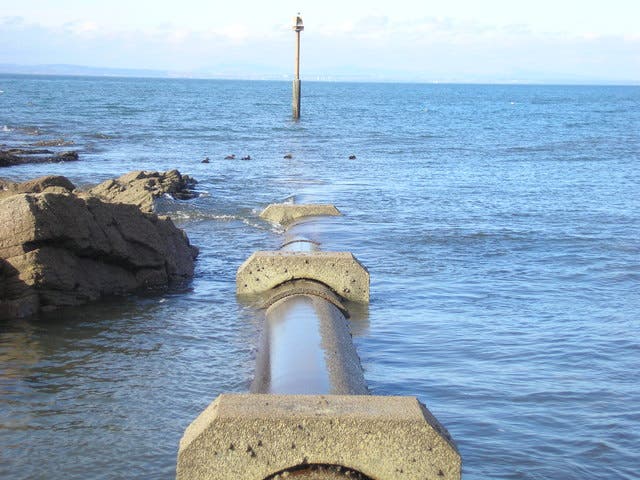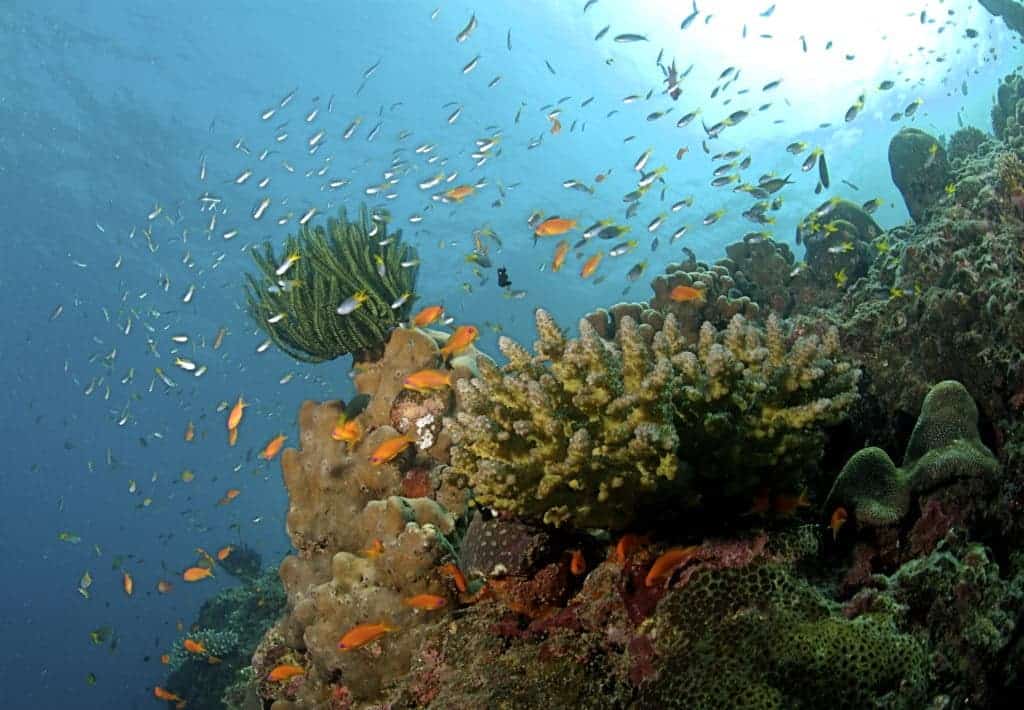Corals are already going through a lot, with the overfishing and alarmingly high bleaching rates by rising temperatures. Now, in another blow, it seems that they are also being infected by bacteria and fungi coming from land. Since corals are living, they can also become sick through infections. The new bacteria could severely damage the corals and their ability to provide a home for so many diverse creatures. Corals are important because they provide many important services to humans, such as protecting the coasts, providing food, and offering underwater wonders that can be seen by diving. Unfortunately, at least 20% are already lost and another 50% are facing damage.
Bacteria flowing into ocean
Many different bacteria and fungi collect in bays near towns and come out of water treatment plants. In southeastern Florida, these bacteria and fungi from the land could be invading coral reefs. The study was led by Professor Chan Lan Chun, of the Natural Resources Research Institute, University of Minnesota, Duluth, U.S. Her team took water samples from areas where material enters the ocean from rivers and sewage pipes coming from water treatment plants and coastal inlets. To compare, they also took water and coral tissue samples from coral reefs. Advanced molecular techniques (high throughput next generation sequencing) were used to find out which bacteria and fungi were in a sample. SourceTracker software was used to see how much of each source reached the reef.
Some bacteria and fungi were present in both the land-based sources and in the reef. This result means that these bacteria were likely introduced in the ocean. The microbes managed to travel quite a long distance from sewage pipes to reefs; the range was between 8.8 to 40 km (5.5 to 25 miles). Contamination from water treatment plants was the greatest source of pollution influencing microbial communities. Even so, pollution from inlets was also observed. The southern reefs contained the most land-based pollution. They were also the most degraded reefs.
Human-caused effects
“The metagenomic data we have now strongly suggests that anthropogenic input sources are becoming established on reefs,” said coauthor Michael Sadowsky Ph.D., professor of Soil, Water, and Climate, and director of the Biotechnology Institute, University of Minnesota, St. Paul. However, “we would need to infect part of a pristine reef in a lab mesocosm study and follow the microbial ecology–the growth and survival–of the microorganisms that become established on the reef” to prove it.
Previous studies have shown that runoff from the land can infect corals and disrupt the animals and plants. The microbes have probably changed the community structure of the microbes that live in coral reefs. This change could damage the reef.
The microbial community in corals “plays various roles in nutrient cycling, coral health, and creating a habitat that is conducive to the various animals and plants that live in the reef,” said Professor Chan Lan Chun, of the Natural Resources Research Institute, University of Minnesota, Duluth, U.S.
The damage occurring to the coral reefs is a complex problem that has many factors influencing it. Climate change, overfishing, damage by tourists and boats, and now, bacteria from land, are a few of them. Unfortunately, there is no one-size-fits-all solution for this problem.
Journal reference: Staley et al., A Next-Generation Sequencing Approach to Characterize the Impacts of Land-based Sources of Pollution on the Microbiota of Southeast Florida Coral Reefs, 2017, Appl. Environ. Microbiol. doi:10.1128/AEM.03378-16











